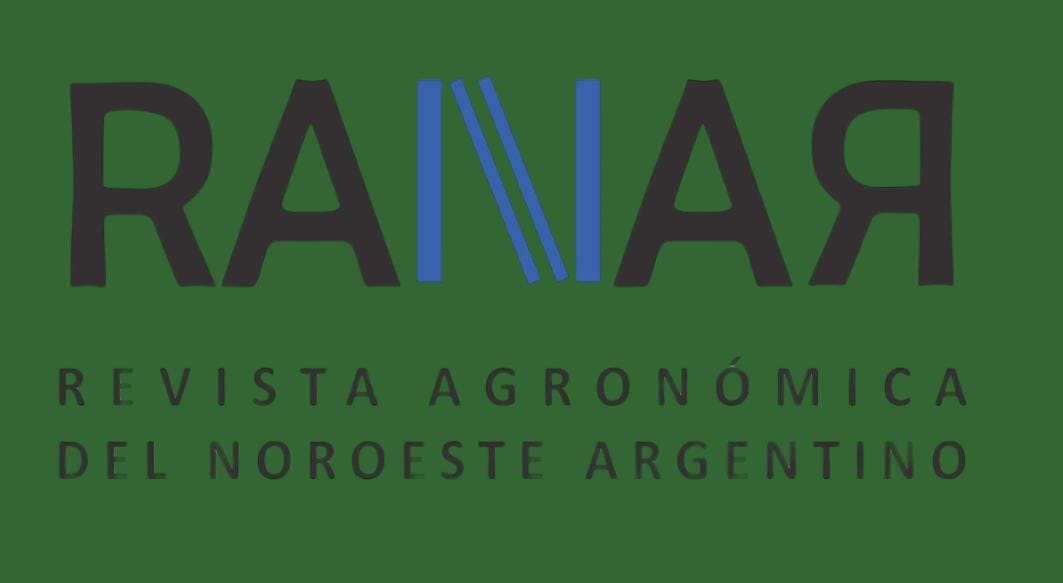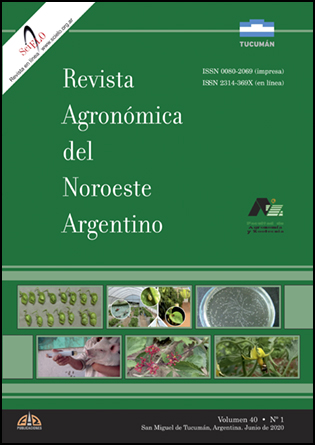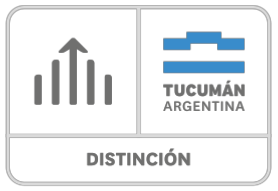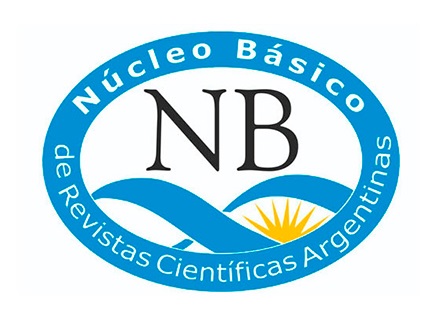Analysis of the weed community in the sugarcane (Sacharum officinarum L.)
Keywords:
Phytosociology, Importance value index, Dominant weed, Diversity, Similarity, Sacharum officinarumAbstract
In Argentina, Tucumán province is the main producer of sugarcane. Among the factors that affect this cultivation, weeds are the main limiting factor. For this reason, weed communities present in sugarcane lots with the commercial cultivar LCP 85-384 were characterized and compared phytosociologically at the stages of ratoon four and eight. For each ratoon, 240 rings of 1 square meter were thrown. Species were identified from each ring; individuals were counted, and dry weight was determined. Subsequently, the phytosociological parameters frequency, dominance, density, importance value index, diversity indices and similarity index were calculated. In ratoon four, 12 species were identified, while in ratoon eight there were 26 species. In both ages, Dicotyledonous outnumbered Monocotyledonous. Regarding the cycle, in ratoon four there were 5 annual species and 7 perennial species, while in ratoon eight there were 18 annual species and 8 perennial species. According to the importance value index, Cynodon dactylon, Cyperus rotundus, and Sorghum halepense were relevant in both cutting ages, while other species such as Sicyos polyacanthus were relevant only in ratoon eight. Regarding diversity, ratoon four presented a Shannon Wiener index of 2.07 and a Simpson index of 0.87, while ratoon eight registered higher values (2.77 and 0.94, respectively), proving greater diversity of species in ratoon eight. The Jaccard similarity index was 26%, close to the threshold.









